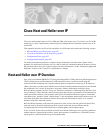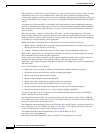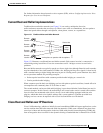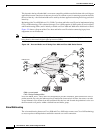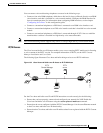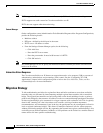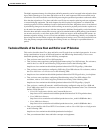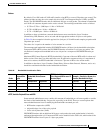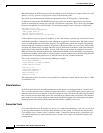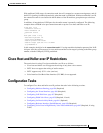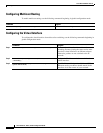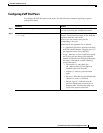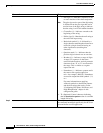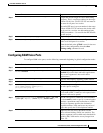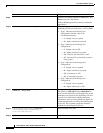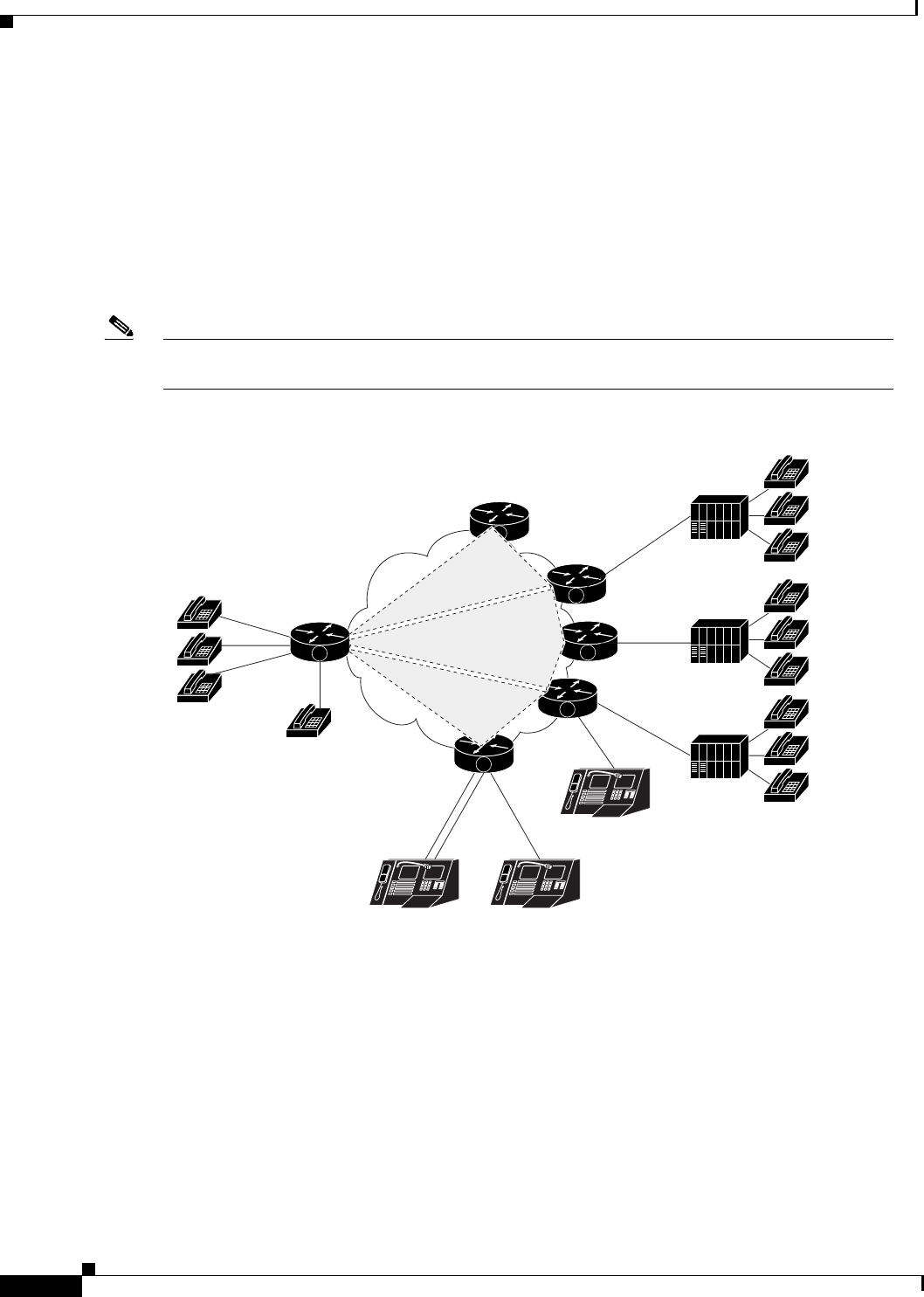
Cisco Hoot and Holler over IP
Hoot and Holler over IP Overview
VC-828
Cisco IOS Voice, Video, and Fax Configuration Guide
This dynamic sharing of bandwidth is even more compelling with hoot and holler than with a toll-bypass
application because some hoot circuits may be active for an hour or two for morning reports but dead for
the rest of the day—the idle bandwidth can be used by the data applications during these long periods of
inactivity.
Beginning with Cisco IOS Release 12.1(2)XH, Cisco hoot and holler over IP can be implemented using
Cisco's VoIP technology. This solution leverages Cisco’s IOS expertise in VoIP, quality of service (QoS),
and IP multicasting (IPmc) and is initially available on Cisco 2600 and 3600 series multiservice routers.
Figure 132 shows a diagram of the Cisco hoot and holler over IP solution connecting legacy hoot
equipment over an IP network.
Note The “V” on the Cisco router icons signifies that some of the hoot and holler bridging function is
being done by the router's digital signal processors (DSPs).
Figure 132 Hoot and Holler over IP Using Cisco 2600 and Cisco 3600 Series Routers
Four-wire E&M, E1/T1, FXO, and FXS configurations provide continuous VoIP connections across a
packet network. By using the inherent point-to-multipoint characteristic of IPmc, the routers can take
several inbound voice streams from the traditional hoot devices and forward the packetized voice over
the IP network to all parties within a defined hoot and holler group.
Voice Multicasting
The voice multicasting feature on Cisco 2600 and Cisco 3600 series routers uses Cisco VoIP technology
to create a point-to-multipoint hoot and holler network over an IP connection.
35839
V
V
V
V
V
V
Multicast group 1
Multicast group 2
FXS
E&M phones
Turret Turret
Turret
PBX
PBX
PBX
FXO
FXO
FXO
T1/E1
T1/E1
Multicast group 3
E&M = ear and mouth
FXO = Foreign Exchange Office



